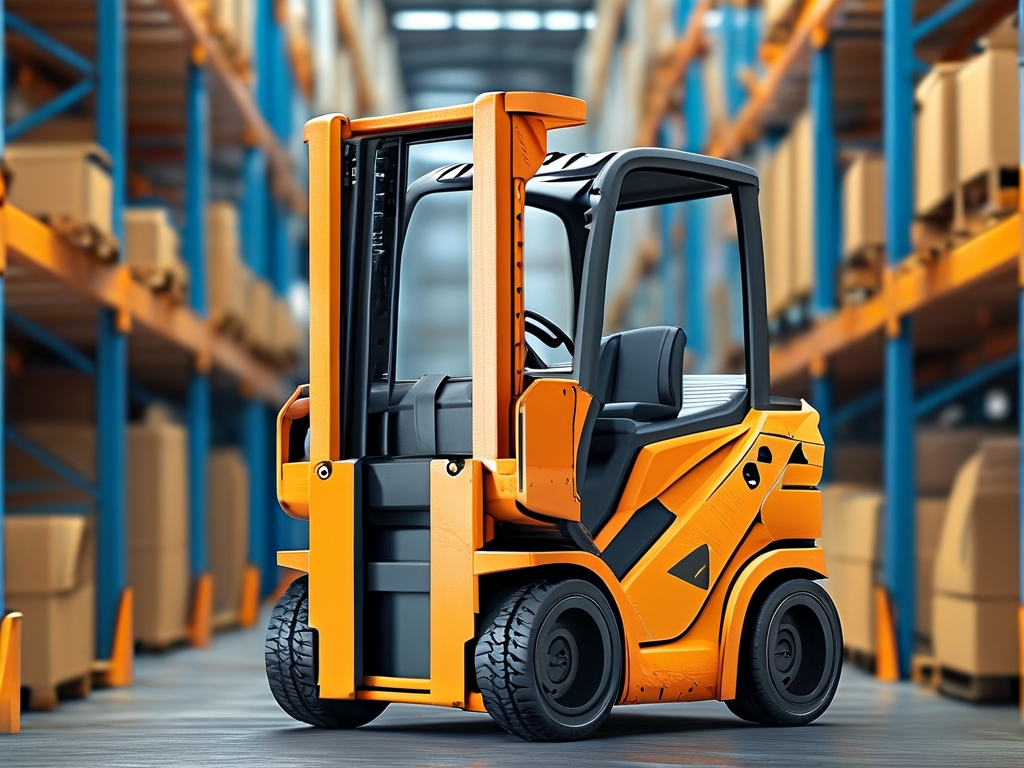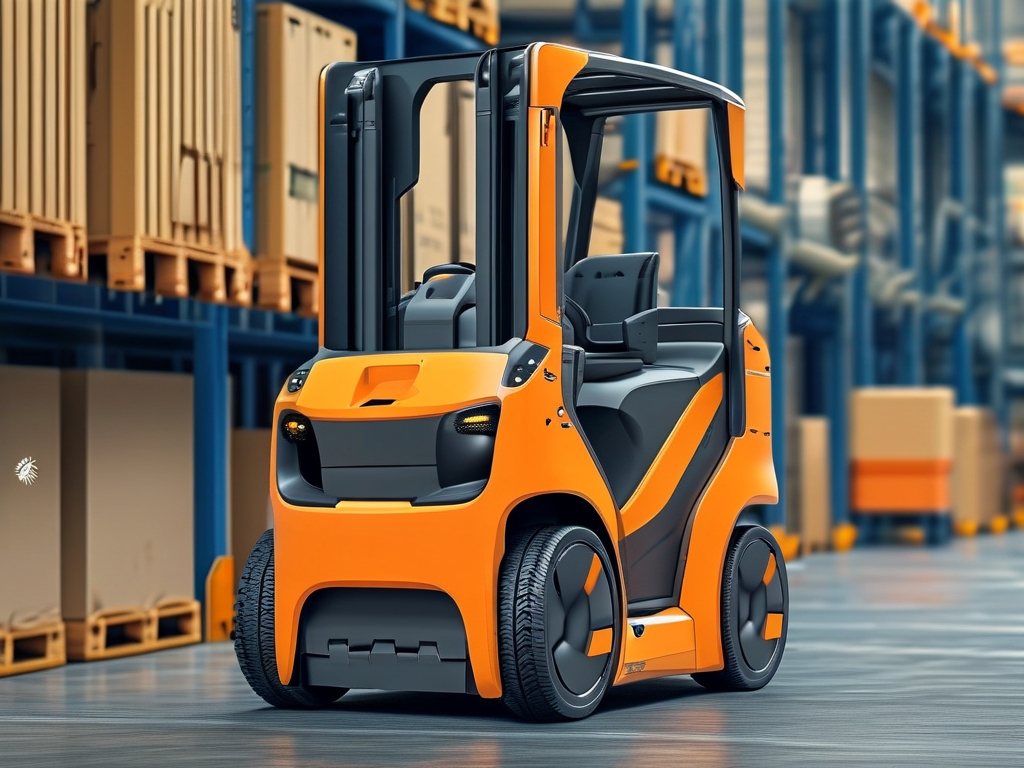The logistics and warehousing industries stand at the brink of a transformative era, driven by intelligent ultra-high forklift robotics technology. This cutting-edge innovation combines artificial intelligence, advanced sensors, and precision engineering to redefine material handling in complex industrial environments. As global supply chains grow more intricate, the demand for smarter, faster, and safer solutions has never been greater. This article explores the technological breakthroughs, real-world applications, and future implications of this groundbreaking advancement.
1. The Core Technology Behind Intelligent Ultra-High Forklift Robots
At the heart of these robotic systems lies a fusion of AI-driven decision-making and mechanical precision. Unlike traditional forklifts, intelligent models utilize LiDAR (Light Detection and Ranging) and 3D vision systems to map their surroundings in real time. These sensors enable robots to detect obstacles as small as 5 cm from distances exceeding 20 meters, even in low-light conditions. Machine learning algorithms process this data to optimize pathfinding, avoiding collisions while maximizing efficiency.

The "ultra-high" capability refers to the robots' ability to handle loads at heights exceeding 15 meters-a feat achieved through stabilized mast designs and adaptive weight distribution systems. Hydraulic actuators paired with predictive analytics ensure smooth lifting operations, even with irregularly shaped cargo.
2. Transforming Warehouse Operations
In large-scale warehouses, intelligent forklift robots address three critical challenges:
- Space Utilization: By safely operating in narrow aisles and vertical storage systems, they increase storage density by up to 40%.
- 24/7 Productivity: Autonomous charging and predictive maintenance enable continuous operation, reducing downtime by 70% compared to human-operated equipment.
- Safety Enhancements: Thermal imaging cameras and pressure-sensitive bumpers prevent accidents, lowering workplace injury rates by over 90%.
A case study from a German automotive parts warehouse demonstrated a 58% reduction in retrieval times after deploying these robots. The system's ability to integrate with Warehouse Management Systems (WMS) allows seamless coordination between inventory databases and physical operations.
3. Beyond Warehousing: Expanding Applications
While initially targeted at logistics, this technology is spreading to other sectors:
- Port Logistics: Robots now autonomously load/unload shipping containers, cutting turnaround times by 35% at the Port of Rotterdam.
- Manufacturing: In aerospace factories, they transport fragile components like turbine blades with micron-level precision.
- Retail: Major e-commerce platforms use them for same-day order fulfillment, achieving a 99.8% accuracy rate in item selection.
4. Economic and Environmental Impact
Adopters report a 22% average reduction in operational costs within the first year. Energy efficiency is another highlight: regenerative braking systems recover 30% of kinetic energy during descent, while optimized routes reduce power consumption by 25%.
However, the transition isn't without challenges. High initial investments (ranging from $150,000 to $500,000 per unit) and the need for retrofitting existing infrastructure remain barriers for small businesses. Workforce retraining programs are also critical, as 60% of forklift operator roles are expected to evolve into robotics supervision positions by 2030.
5. The Road Ahead: AI and 5G Synergy
Future iterations will leverage 5G connectivity for real-time data exchange between fleets of robots. Imagine a scenario where 100 autonomous forklifts in a megawarehouse coordinate movements through a decentralized AI network, dynamically adjusting routes based on traffic patterns. Quantum computing could further enhance decision-making speeds, enabling millisecond-level responses to unexpected obstacles.
Ethical considerations, such as data security and job displacement, must also be addressed. Governments and corporations are collaborating on frameworks to ensure responsible adoption, including cybersecurity protocols for robotic networks.

Intelligent ultra-high forklift robotics technology isn't merely an upgrade-it's a paradigm shift. By merging mechanical prowess with artificial intelligence, it solves longstanding inefficiencies while opening doors to unprecedented operational scales. As industries worldwide embrace automation, this innovation will undoubtedly become a cornerstone of smart logistics, reshaping how goods move across the globe. The question is no longer if but how quickly organizations can adapt to this new era of intelligent material handling.









